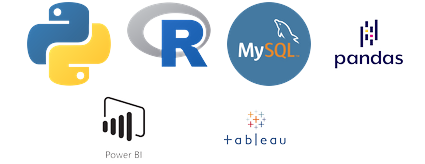A block diagram of a computer visually represents the key components and their interconnections. Here’s a simple block diagram of a computer system:
+---------------------+
| Input Devices |
| (Keyboard, Mouse) |
+---------+-----------+
|
v
+---------------------+
| Central Processing Unit (CPU) |
| +-----------------------------+ |
| | Control Unit (CU) | |
| | Arithmetic Logic Unit (ALU)| |
| | Registers | |
| +-----------------------------+ |
+---------------------+
|
v
+---------------------+
| Memory (RAM) |
+---------------------+
|
v
+---------------------+
| Storage Devices |
| (HDD, SSD, USB) |
+---------------------+
|
v
+---------------------+
| Output Devices |
| (Monitor, Printer) |
+---------------------+
Explanation:
- Input Devices – Used to enter data (e.g., keyboard, mouse).
- CPU (Central Processing Unit) – The brain of the computer, which includes:
- Control Unit (CU): Directs operations.
- Arithmetic Logic Unit (ALU): Performs calculations and logic operations.
- Registers: Temporary data storage for quick processing.
- Memory (RAM) – Temporarily holds data for quick access.
- Storage Devices – Used for long-term data storage (e.g., HDD, SSD).
- Output Devices – Displays or prints results (e.g., monitor, printer).

